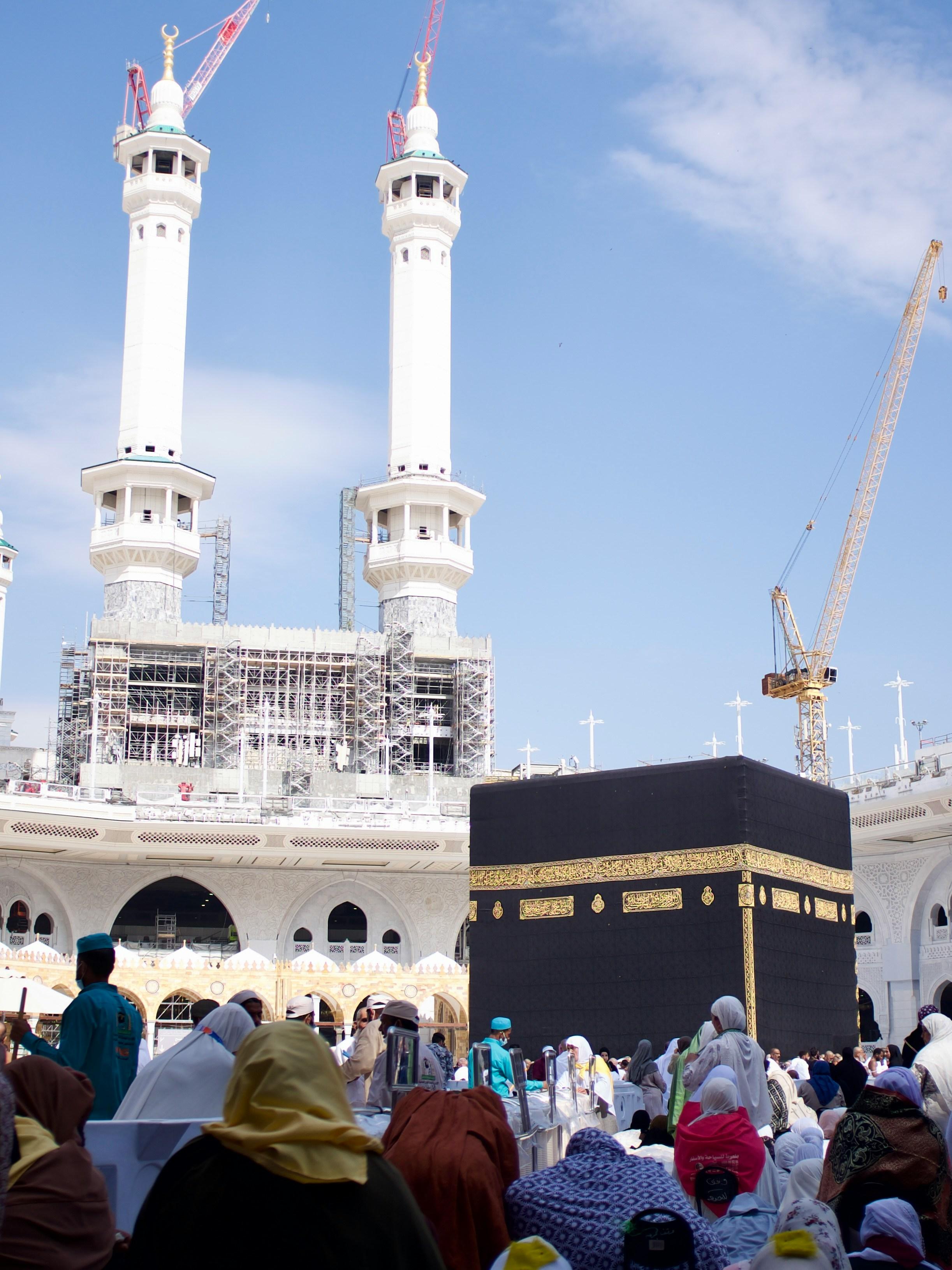What are the 7 Steps of Umrah?

Performing Umrah is a profound spiritual journey for Muslims seeking closeness to Allah. Unlike Hajj, Umrah can be performed at any time of the year, making it accessible to millions of pilgrims worldwide. Before setting out, it’s important to prepare for Umrah both spiritually and practically. This includes securing your Umrah Visa, understanding the rituals, and knowing the sequence of steps. To help you, here are the seven main steps of Umrah explained clearly.
1. Entering into Ihram
The journey begins with entering the sacred state of Ihram. Pilgrims wear specific garments—two unstitched white cloths for men, and modest attire for women. Before donning Ihram, a pilgrim performs ghusl (ritual purification), prays two rak‘ahs, and makes the intention (niyyah) for Umrah. The Talbiyah is then recited: “Labbayk Allahumma Umrah.”
2. Tawaf (Circumambulation of the Kaaba)
Upon reaching Masjid al-Haram in Makkah, the pilgrim performs Tawaf, which means walking seven times around the Kaaba in a counter-clockwise direction. This act symbolizes the unity of believers in worshipping the One God. The Tawaf begins at the Black Stone (Hajar al-Aswad), where pilgrims raise their hands or point towards it.
3. Praying at Maqam Ibrahim
After completing Tawaf, pilgrims pray two rak‘ahs behind Maqam Ibrahim, the station of Prophet Ibrahim (Abraham). While it is ideal to pray as close as possible, due to crowding, it is permissible to perform this prayer anywhere inside Masjid al-Haram.
4. Drinking Zamzam Water
Pilgrims then drink the blessed Zamzam water, which is available in designated areas throughout the mosque. This water has a special history and spiritual significance, reminding Muslims of Hajar’s devotion and trust in Allah.
5. Sa’i between Safa and Marwah
Next comes Sa’i, where pilgrims walk seven times between the hills of Safa and Marwah. This ritual commemorates Hajar’s desperate search for water for her son, Prophet Ismail. Today, the walkway is enclosed and air-conditioned for comfort, but the act remains a deeply spiritual reminder of faith and perseverance.
6. Halq or Taqsir (Shaving or Trimming the Hair)
After Sa’i, male pilgrims shave their heads (Halq) or trim their hair (Taqsir). Women cut a small portion of their hair. This act signifies humility, renewal, and detachment from worldly vanity.
7. Completion of Umrah
With the shaving or trimming of hair, the rituals of Umrah are complete. Pilgrims leave the state of Ihram and can return to their normal activities. Many choose to spend additional time in worship, prayer, and reflection within Masjid al-Haram.
Final Thoughts
Understanding these seven steps will help you better prepare for Umrah and perform the rituals with confidence. Beyond the physical acts, Umrah is a spiritual transformation—a chance to renew your faith, seek forgiveness, and strengthen your connection with Allah. Make sure your Umrah Visa and travel arrangements are in order, but more importantly, prepare your heart and intentions for this sacred journey.





